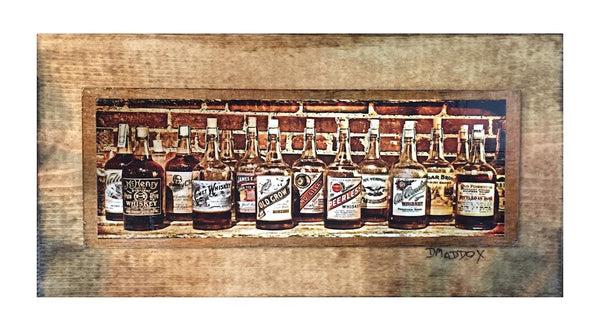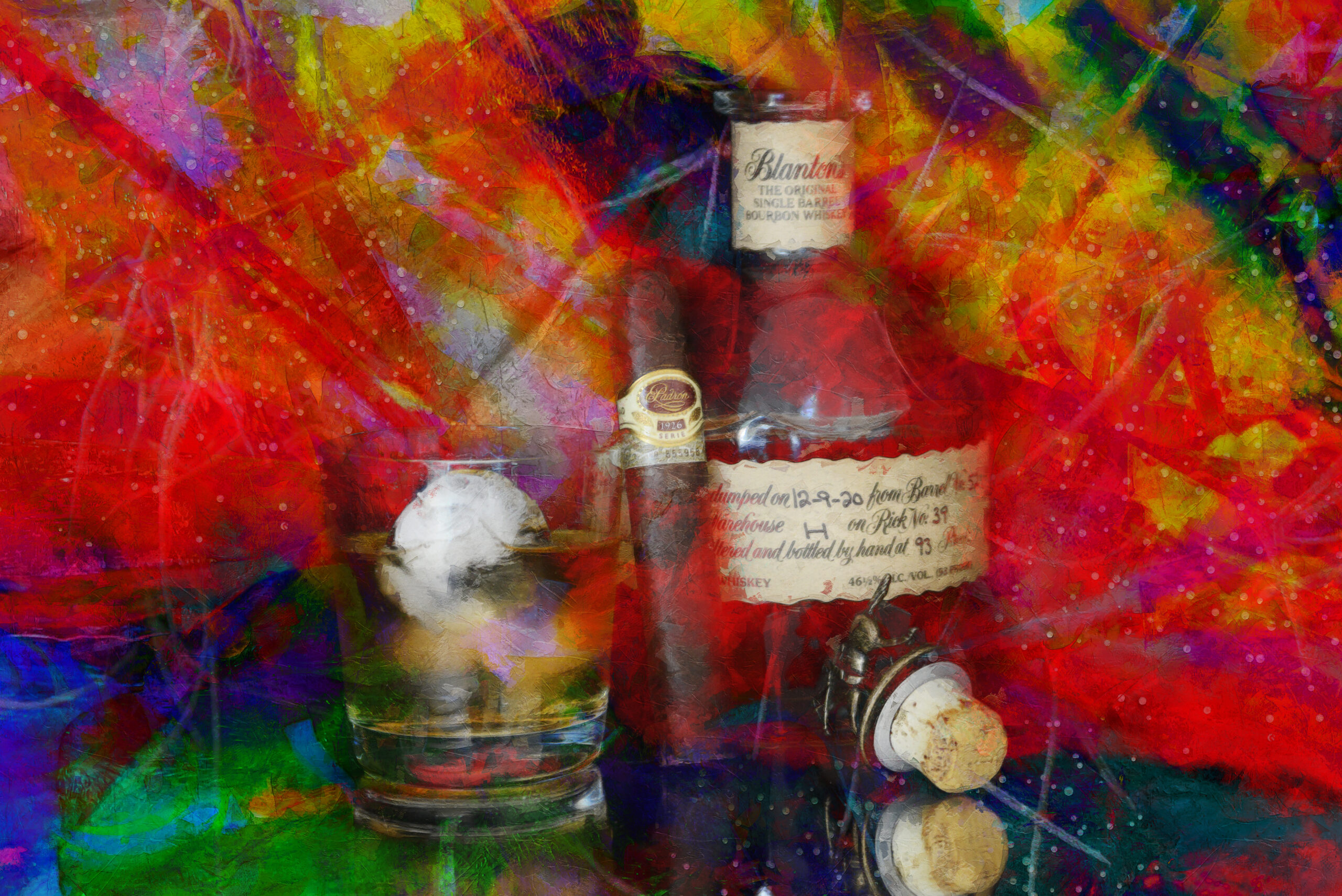The Value of Whiskey Art in Celebrating Heritage and Workmanship in the Beverage Sector
The complex connection between scotch art and the celebration of heritage and craftsmanship within the beverage sector can not be overemphasized. With thoughtfully made tags and containers, bourbon brand names envelop their historical roots and the artisanal skills that define their manufacturing techniques. This imaginative measurement not just boosts market allure yet likewise functions as a conduit for cultural narration, promoting a deeper connection in between the craft and the consumer. As we discover the numerous aspects of this topic, fascinating inquiries regarding the impact of modern-day fads on conventional practices emerge, triggering further exam.
The Historic Roots of Whiskey
At the heart of whiskey's allure lies an abundant tapestry of historical origins that trace back to old civilizations. The beginnings of whiskey can be linked to the purification practices of the Sumerians and Babylonians around 2000 BCE, where very early forms of fermented grain beverages started to emerge. It was in the Middle Ages that the art of purification progressed considerably, specifically in Ireland and Scotland, leading to the creation of scotch as we recognize it today.
The term "bourbon" itself stems from the Gaelic word "uisce beatha," indicating "water of life." This expression underscores the cultural relevance of bourbon in Celtic societies, where it was typically linked with rituals, celebrations, and common bonding. By the 15th century, purification came to be an identified craft within monastic communities, paving the method for the facility of lawful distilleries.
As profession courses expanded, whiskey's popularity grew, transcending regional limits and catching the rate of interest of aficionados worldwide. Realism Art. This historical trip reflects not only the craftsmanship behind whiskey production but also its integral role in social and cultural contexts, marking it as a significant drink throughout background
Artistic Expression in Branding
Bourbon branding stands as an engaging junction of virtuosity and business, where visual identity plays an important function in shaping consumer perception. The aesthetic appeals of scotch labels, packaging, and advertising and marketing products mirror not only the brand's story yet additionally its core values and heritage. Through artistic expression, distilleries share a story that resonates with consumers, stimulating feelings and stimulating connections.
Using color, typography, and images in branding serves to set apart products in a saturated market. Traditional themes might evoke a feeling of authenticity and workmanship, while modern layouts can represent technology and forward-thinking. This tactical imaginative direction improves brand recognition and commitment, enabling consumers to build a personal connection with the bourbon they select.
In addition, artistic expression in branding usually works as an event of local heritage. Distilleries frequently integrate neighborhood symbols or historical referrals into their styles, developing a feeling of place that invites customers to partake in a wider social experience. Inevitably, the artistry behind whiskey branding not only boosts aesthetic appeal but likewise improves the total narrative of the brand, promoting a much deeper appreciation for the craftsmanship and heritage embedded in each bottle.
Craftsmanship in Container Style
The virtuosity evident in bourbon branding prolongs past aesthetic identification to encompass the craftsmanship included in bottle style. Each container offers as a vessel not simply for the spirit within, yet additionally for the tale it informs concerning its tradition, origin, and quality. The style process needs precise interest to detail, as elements such as closure, form, and material add dramatically to the total understanding of the scotch.
Craftsmanship in bottle layout includes choosing premium glass that can enhance the whiskey's shade and clearness, while likewise providing a responsive experience for the customer. The shape of the bottle must be both aesthetically enticing and practical, typically reflecting the heritage of the brand name. Lots of distilleries choose unique forms or embossed logo designs that evoke a sense of credibility and history.
In addition, the label design and typography play a critical function in communicating the brand name's narrative. Realism Art. A well-crafted bottle not just mesmerizes the consumer's eye however also enhances the brand's dedication to quality and practice. In this method, the workmanship of bottle layout becomes an essential aspect of the bourbon experience, merging creativity with a profound respect for heritage
Social Importance of Bourbon Art
Celebrating custom and workmanship, the cultural relevance of scotch art transcends plain aesthetic appeals, linking with the historic and social narratives of the regions where it stems. Each bottle works as a canvas, showing the distinct tales, mythology, and traditions that have formed neighborhood whiskey-making practices. The complex layouts frequently show the heritage of the distillers, including symbols and themes that reverberate with you could try these out the society and worths of their communities.

On top of that, bourbon art plays an essential duty in common celebrations and events, functioning as a concrete link in between individuals and their shared experiences. By appreciating the virtuosity in whiskey product packaging, consumers grow a much deeper understanding and respect for the craft, eventually improving their pleasure of the drink itself.
Modern Trends in Bourbon Presentation
Recently, the presentation of scotch has actually evolved to reflect modern tastes and fads while still honoring traditional craftsmanship - Limited Edition. Distilleries are increasingly concentrating on visual components that enhance the overall drinking experience, linking the void between heritage and modernity
Innovative bottle styles have actually arised, frequently integrating lasting products and imaginative tags that inform compelling stories. Numerous brands now work together with neighborhood musicians, instilling their items with unique visual expressions that resonate with consumers. Additionally, limited-edition releases are frequently packaged in collectible containers, adding value and charm for lovers.

Final Thought
In final thought, whiskey art serves as a vital conduit for revealing the heritage and craftsmanship integral in the drink sector. Via detailed branding, cutting-edge container styles, and culturally considerable creative aspects, whiskey brands properly recognize their customs and link with consumers.


Craftsmanship in bottle layout includes choosing top quality glass that can enhance the bourbon's shade and clearness, while also giving a responsive experience for the consumer. In this way, the workmanship of bottle design comes to be a crucial aspect of the bourbon experience, combining artistry with an extensive regard for heritage.
In conclusion, bourbon art offers as an important avenue for revealing the heritage and craftsmanship integral in the beverage industry.